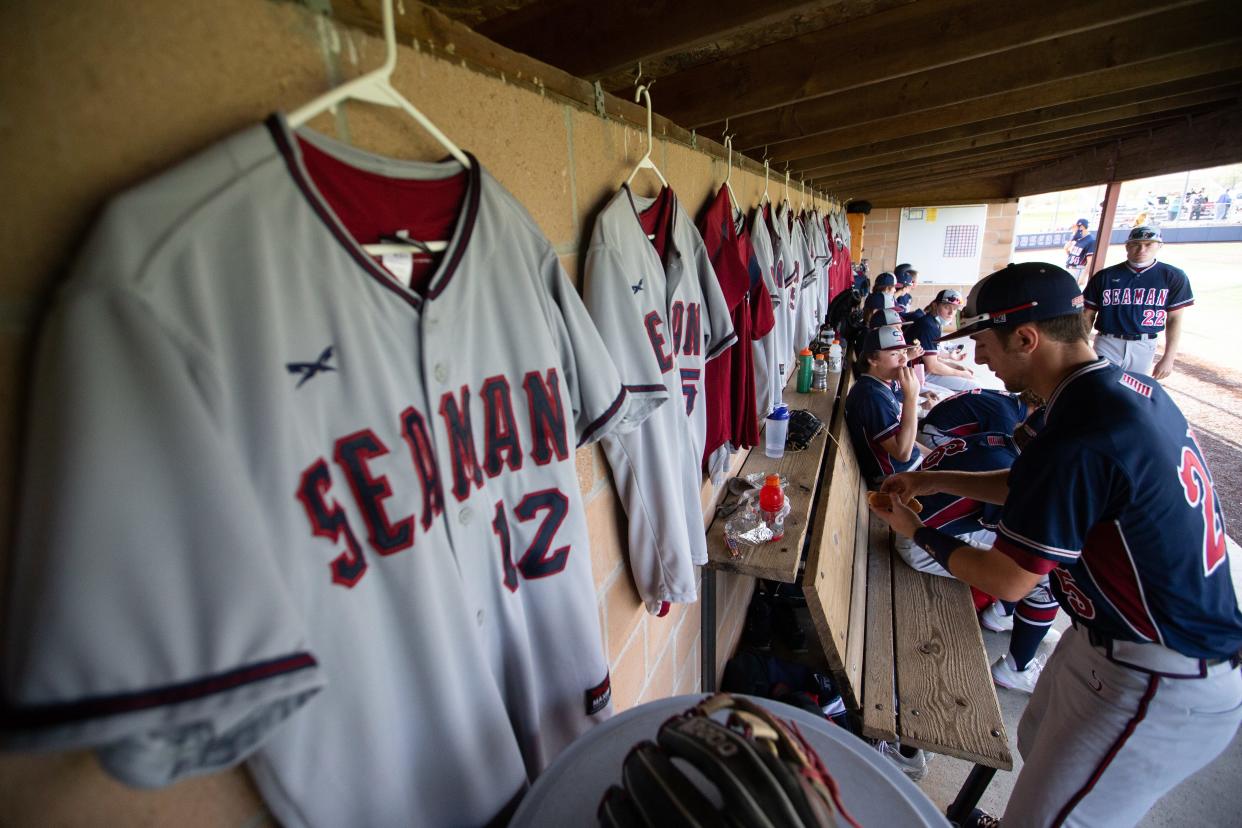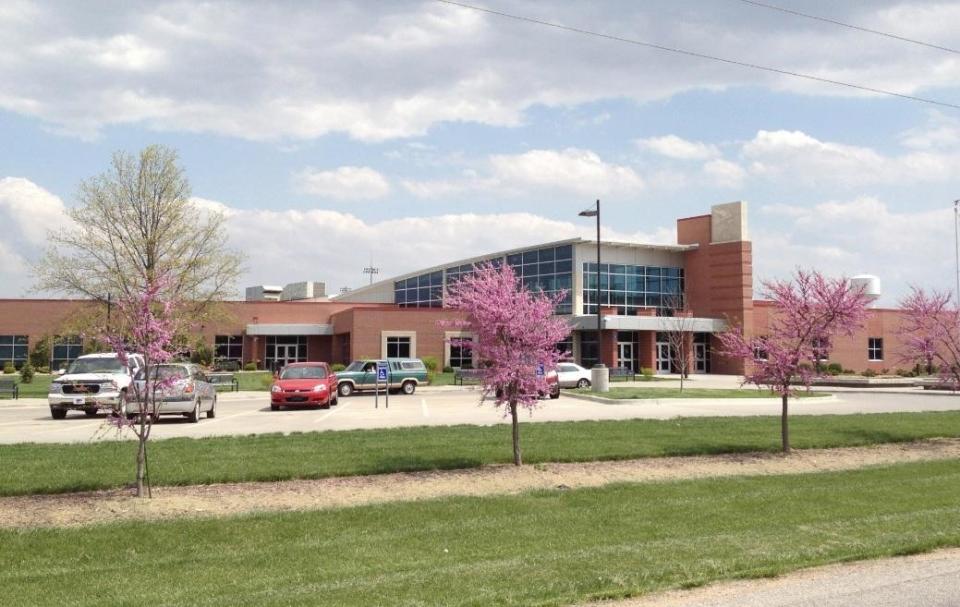Seaman has been randomly testing students for drugs for eight years. Here's how it's going

More Seaman High School students are self-reporting drug and nicotine use when confronted with either voluntary admission or mandatory hair sample testing, administrators told the Seaman Board of Education on Monday.
Now in its eighth school year, Seaman USD 345’s quasi-voluntary drug testing program has helped reduce drug and nicotine use among students who wish to drive to school or participate in teams or organizations regulated by the Kansas State High School Activities Association.
This year, Seaman High has seen 10 positive results out of 120 hair samples from randomly selected students, with five of those 10 testing positive for nicotine and the other five testing positive for THC.
At Seaman Middle School, one student’s sample was positive for methamphetamine earlier this year, but a second test later came back negative.
More:Seaman’s drug testing policy has changed the school’s 'climate and culture'
Comparatively, five students self-reported that they had used drugs or nicotine, and tests on those students showed three had used nicotine and two had used THC. One parent had self-reported their student, which led to a positive nicotine test.
Students could be motivated to self-report their drug and nicotine use because they otherwise avoid activities suspension if they self-report before a sample is actually collected. While that has always been the case, Seaman High administrators this year have made a point of reading out that option to all randomly selected students in order to encourage students to be forthright.
Seaman High School principal Laura Lyons told the board it was an attempt to help “level the playing field” for all students.
“We really felt that this was something students did not know about, and I do believe that our coaches were maybe not completely aware of this option to self-report,” Lyons said. “So this year, just in an effort to be transparent, we started to use a script that we would share with students telling them they had a one-time option to self-report.”
While the ACLU has raised substantial concerns with random drug testing at schools, the U.S. Supreme Court in 2002 ruled that schools may use compulsory or random drug testing as a condition to participate in voluntary school activities, such as athletics. The same condition would likely apply to out-of-district students, since students must agree to testing as a condition of special enrollment in Seaman USD 345.
How Seaman's random drug testing program works

The district tests random students from a schoolwide pool of students with school parking permits, participants in KSHSAA-sanctioned activities, out-of-district students and students whose parents opt them into the program. Students who previously tested positive on a random test are also re-tested separately.
Ten students from each high school grade and six students per middle school grade are randomly selected for testing each quarter by a computer.
The students’ respective school principal or other administrator clips a lock of hair from the student. Samples are sealed into an envelope and initialed by a student. Students who refuse to test receive the same consequences as having tested positive.
Those samples are later sent to the Psychemedics testing facility, which can detect for substance usage over the past 90 days. Detectable substances include amphetamines, cocaine, marijuana, opioids, PCP and nicotine.
Parents and guardians are notified with the results of the tests within two or three weeks of sample collection, with in-person meetings scheduled for positive tests. Parents can request a second test to confirm, although Seaman policy notes that false positives are rare, given the fact test samples are already screened twice.
Results are kept confidential to students, parents and only school officials with a legitimate educational interest.
More:Does Kansas see military enlistment as student success? Some districts say, 'Not enough.'
After a first positive test, students are suspended for 21 calendar days from any KSHSAA activities, either as a spectator or participant, although they are still expected to practice. Students are also barred from driving to and from school during that three-week period.
The students are then referred to Topeka’s Prevention and Recovery Services, which provides drug assessments and recovery assistance. Students then must complete five follow-up tests over approximately 500 days following a positive test.
Students who self-report avoid the activities and parking suspension, but are still referred to PARS, which provides progress assessments and reports to school officials. Additionally, the self-report still counts as a positive first test for any future discipline.
A second positive test results in the same consequences, but with activities and driving suspensions increased to 90 calendar days. Students may practice with permission from their athletic director.
A third test is a 365-calendar day ban from activities participation and practice and driving to and from school, as well as potential revocation of participation in commencement, at administration’s discretion.
Drug and alcohol use while on school property is subject to the school’s existing policies and discipline.
Rafael Garcia is an education reporter for the Topeka Capital-Journal. He can be reached at rgarcia@cjonline.com or by phone at 785-289-5325. Follow him on Twitter at @byRafaelGarcia.
This article originally appeared on Topeka Capital-Journal: Seaman High random drug testing policy nudges students to self-report

